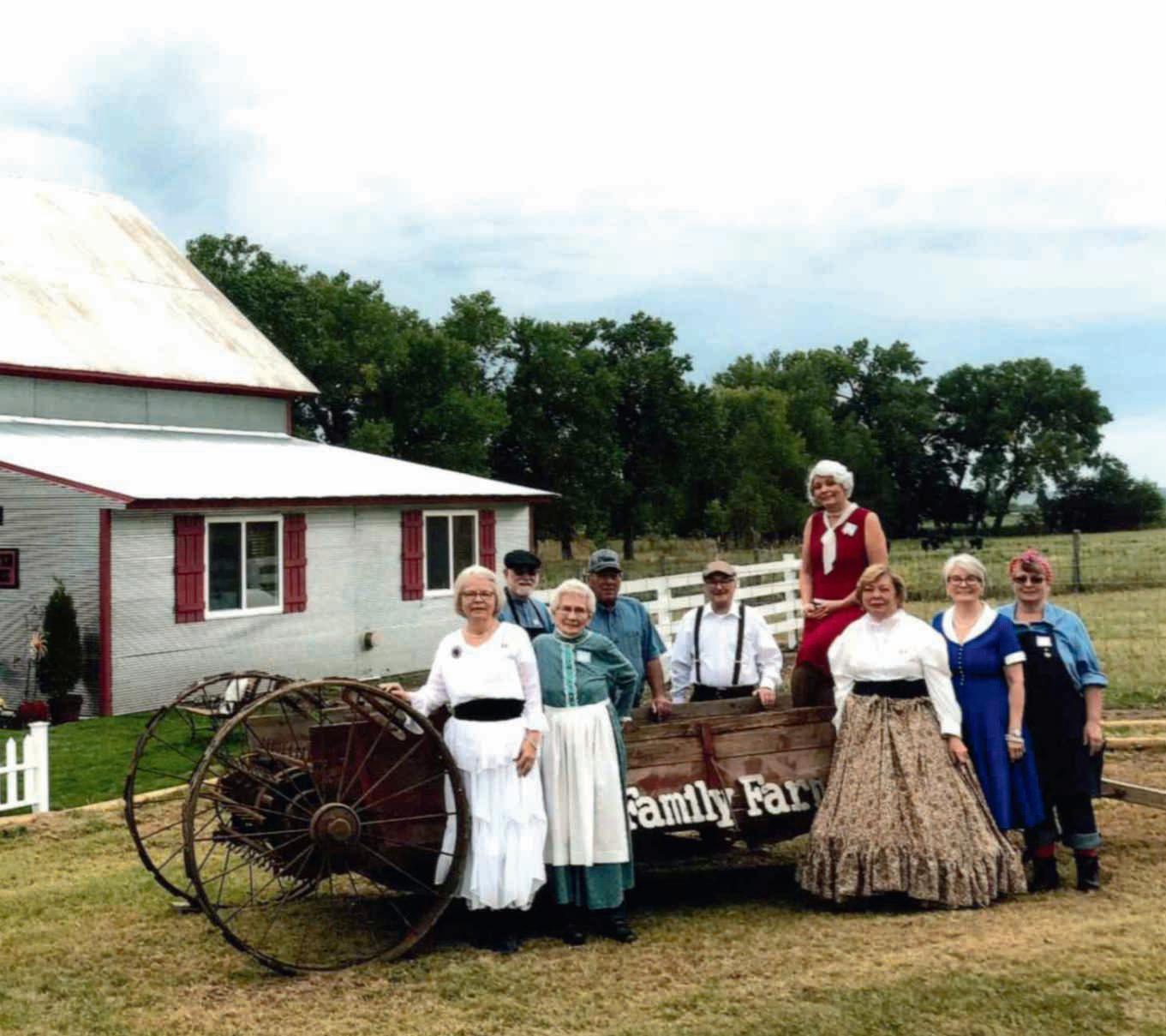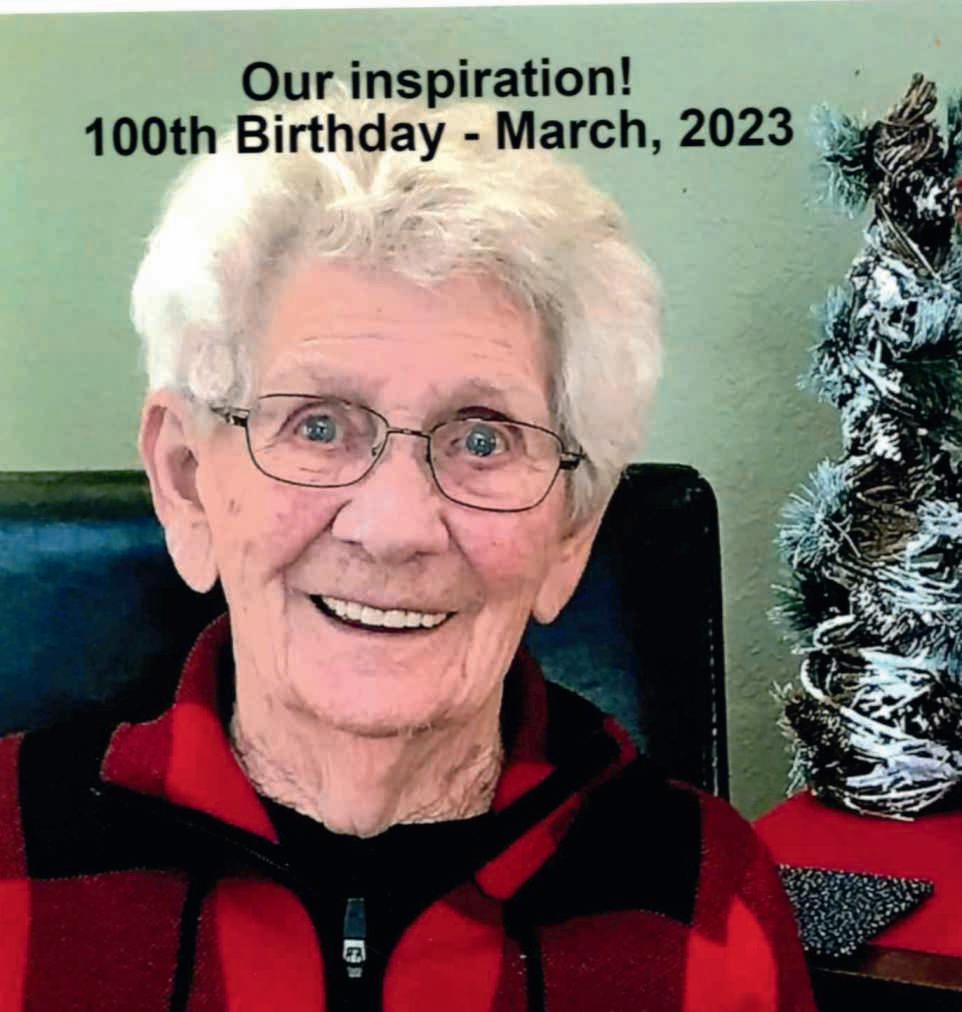
2 minute read
SEWING MEMORIES Take a Stitch Back in Time
Jocelyn Johnson jocelyn.johnson@sdrea.coop
A stitch in time saves family memories and sews history together at The Farmers’ Daughters’ Sewing Museum just outside of Vermillion, S.D. A mom and five daughters hold a passion for sewing and for the history of household sewing machines.
Advertisement
Collecting domestic vintage sewing machines began more than 20 years ago for Sally Abild who visited auctions with her mom, Evelyn Hanson. There, they found various vintage sewing machines and began collecting them.
“I would see these vintage machines that were being sold for little or nothing,” Sally said. “I hurt, in a way, for the families because I thought, ‘These are a part of their history.’ If I had my grandmother’s or my mother’s sewing machine, I would be extremely happy to have it.”
She purchased 20 machines, not knowing what to do with them, but wanting to preserve them. They were first stored in an old farmhouse before eventually moving to a milking barn, which was homesteaded by Sally’s husband –Dick Abild’s great grandfather. The barn was renovated and opened as a museum in 2017.
The museum’s collection of sewing machines grew with contributions from her sisters.
“They would come across machines I had never seen in the Midwest,” Sally said. “In the bigger cities, there was more money in the mid-1800s when sewing machines started to pop up. You would find a bigger selection in those areas that you didn’t find in rural areas.”
Sally and her sisters, Gloria, Marie, Linda and Geri, carefully researched the history of each machine they owned, putting them in order and fixing them up. Today, visitors to The Farmers’ Daughters’ Sewing Museum are able to view more than 120 vintage machines along with treasured family mementos. Sally’s family has a legacy of sewing their own clothes. She remembers her great grandmother making dresses from feed sacks and her mother, Evelyn, would sew clothes for the family on her treadle machine, since electricity wasn’t available on the farm until the 1950s.
“I had to learn how to sew growing up,” Sally said. “If I wanted something new, I had to learn how to make it for myself.”
The Farmers’ Daughters’ Sewing Museum is one of three vintage sewing museums in the United States. “We collect domestic vintage machines – meaning our machines were the first to be used by families in the home and were made of all metal,” Sally said. “A machine that has plastic in it is not a vintage machine.”

One of the oldest domestic, vintage machines on display at the museum is one by Elias Howe, who made the first official patented and manufactured sewing machine in 1846.
“We also have a Singer Model 12, which came out after the Civil War,” she said. “Isaac Singer sold them door-to-door to families and was credited with coming up with the first payment plan – allowing up to 10 years to pay for this machine. It’s said that Singer’s Model 12 was the machine that clothed a nation.”

The most unique machine that Sally favors, however, is a Wilcox and Gibbs that came about it the mid-1800s.
“It’s a small, chainstitch machine that was loved by many women back then,” Sally said. “They could easily take it from house to house, and it was easy to use. It’s also the symbol we use for our museum.”
Most vintage sewing machines tended to be family heirlooms, which were passed down from generation to generation.
“Many women who visit the museum have a machine that was passed down to them by their mothers or grandmothers and want to find out more information on them,” Sally said. “Men love to visit too to learn more about the mechanics of these machines.”
Sally revealed the transition from vintage sewing machines, made with metal, to newer sewing machines, made with plastic, began when America gave Japan two Singer patents after World War II. Japan capitalized on this and managed to perfect a design that they sold in America for a third of the cost. To compete with this, Singer began to put plastic parts into their machines and before eventually going out of business in 1988. Consequently, the age of vintage sewing machines ended when the convenience and affordability of plastic was introduced.









